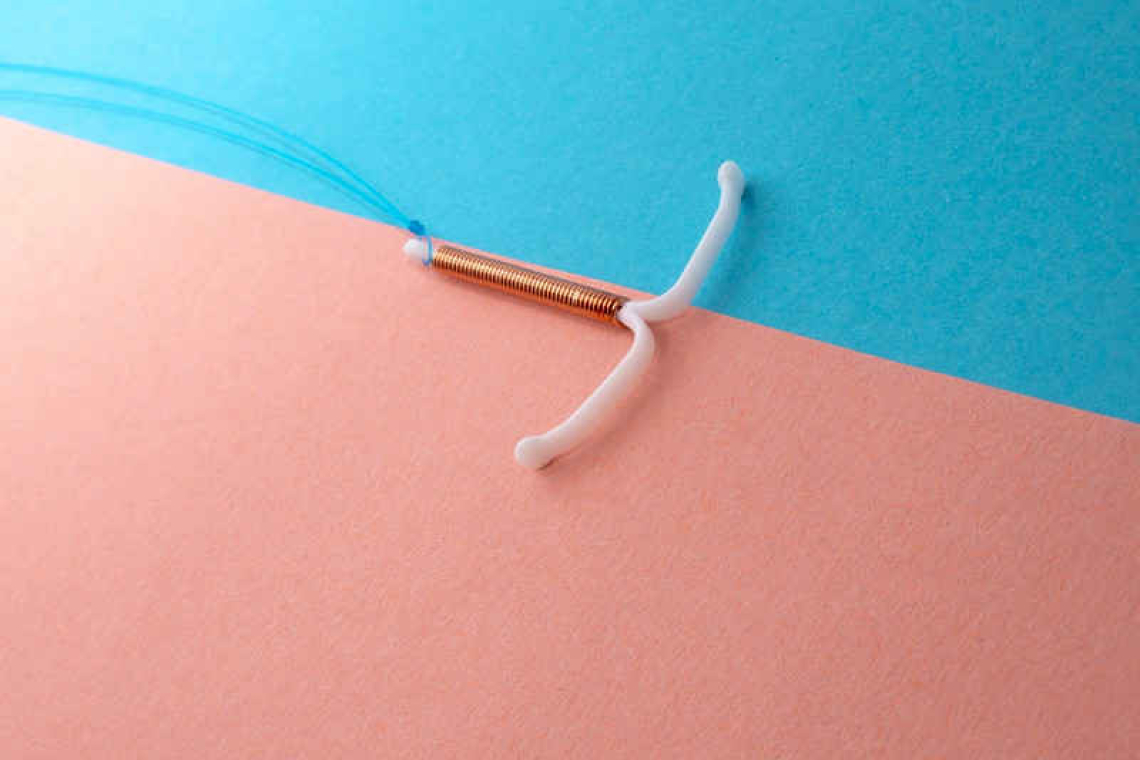Many doctors underestimate the pain of insertion
The modern intrauterine device (IUD) has been on the market as one of the most effective kinds of birth control for approximately 60 years. Plenty of women know that having an IUD inserted in their uterus can be very painful.
For the first time, updated recommendations from the U.S. Centres for Disease Control and Prevention (CDC) advise doctors to counsel women about pain management before the procedure takes place – prompting doctors to take the pain more seriously and to use painkillers more often.
In recent years, the issue has been heavily documented on social media. IUDs have earned a reputation for being very painful to place, with some people reporting vomiting, fainting, and other vasovagal responses to the procedure. However, a 2015 study found that doctors often underestimate the pain of insertion, and usually do not offer any pain management options.
“Unless you’re living under a rock, you’re aware of the issue,” Dr. Beverly Gray, an associate professor of obstetrics and gynaecology at Duke University, told the New York Times. “Women’s pain and women’s experiences have been downplayed throughout medicine. This is really validating that for some people, this can be a really painful experience.”
Last week, the CDC made two major updates to pain mitigation for IUD insertion. “Before IUD placement, all patients should be counselled on potential pain during the placement as well as the risks, benefits, and alternatives of different options for pain management,” the guidance reads.
The CDC recommends that Misoprostol not be used in IUD insertions. While the drug helps soften and dilate the cervix, data does not suggest that it makes the insertion procedure any easier, the CDC explains. In fact, with possible side effects like nausea, vomiting, and diarrhoea, Misoprostol actually may cause more discomfort. However, it is not completely out of the question: “Misoprostol might be useful in selected circumstances (e.g., in patients with a recent failed placement),” the CDC writes.
The biggest update on pain management is the recommendation that doctors use lidocaine to numb the cervix. This can either be it is administered with a topical gel, or via an injection called a para-cervical block. While a cervical injection can also cause discomfort, it can significantly decrease the pain associated with IUD insertion.
The new CDC emphasises that “a person-centred plan for IUD placement and pain management should be made based on patient preference.” Experts say that this is a significant change, as it demonstrates a more patient-centred focus, rather than an approach centred on the provider of the medical procedure, i.e., the doctor.
The CDC also acknowledges that anxiety about the painful insertion may stop women from considering the safe and effective contraceptive. “Barriers to IUD use include patient concerns about anticipated pain with placement and provider concerns about ease of placement, especially among [patients who have never given birth-Ed.],” states the CDC. “When considering patient pain, it is important to recognise that the experience of pain is individualised and might be influenced by previous experiences including trauma and mental health conditions, such as depression or anxiety.”







